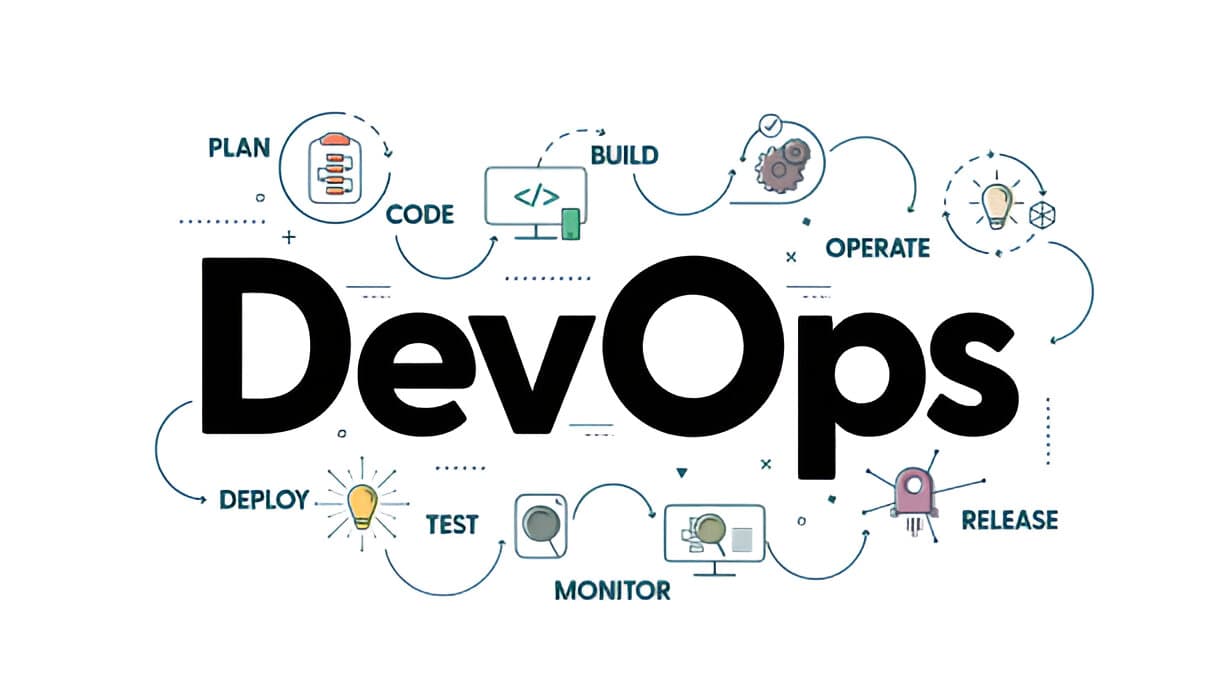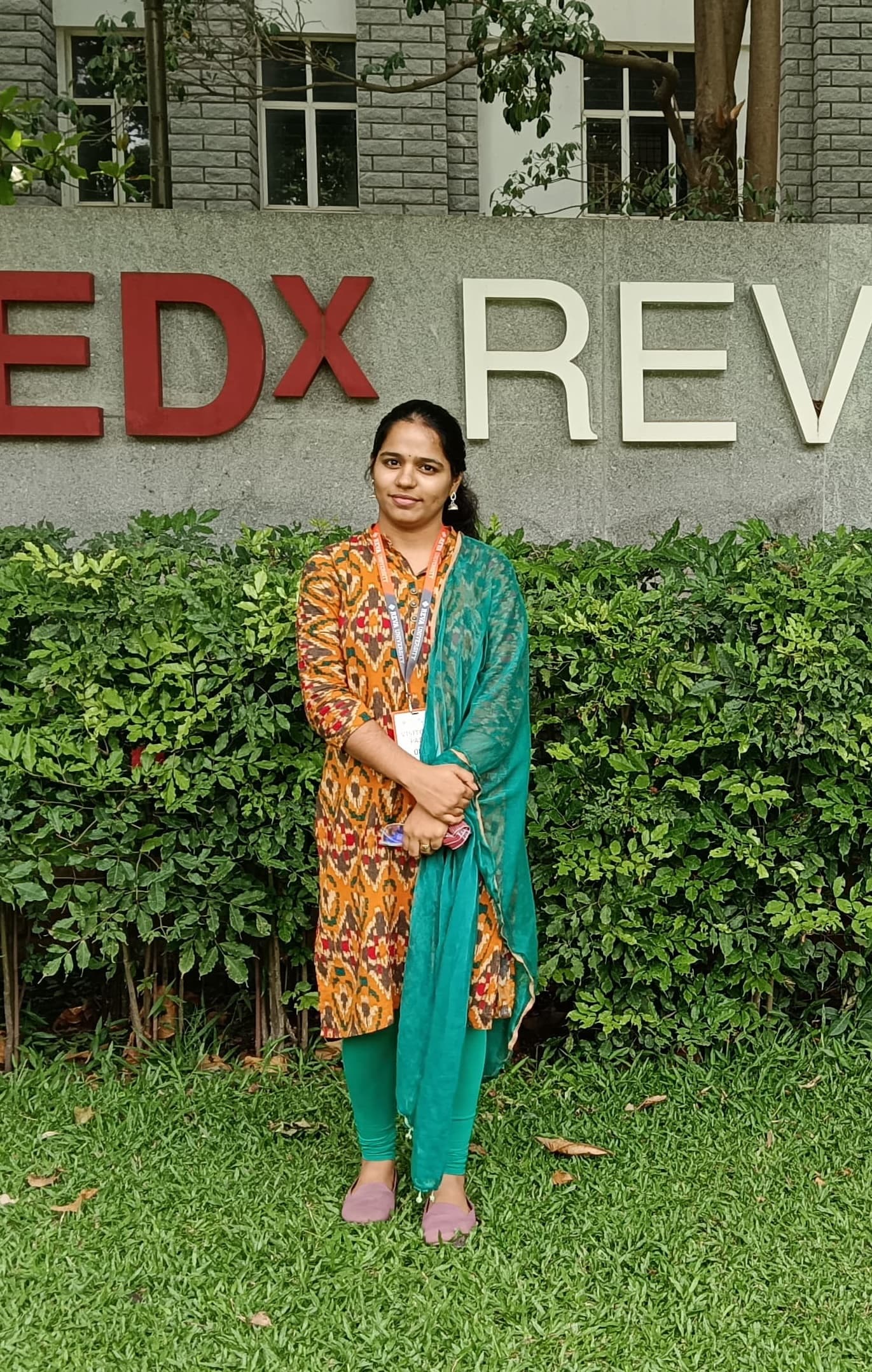Advanced DevOps Engineering & Automation Program
Program Overview
- Duration: 6 months (24 weeks) | Hybrid format with live sessions, hands-on labs, and real-world projects | Weekly commitment: 6–8 hours | Includes tool-based training, 10 modules + capstone project reviewed by industry mentors.
- Session: 2 live instructor-led sessions/week + 1 hands-on lab/project session. Includes tool walkthroughs, pipeline demos, team projects & Q&A. ~72 live sessions over 6 months. Supplemented with self-paced videos, assignments & peer collaboration.
- Mode: Online
- Who is this course for:
Engineering students, fresh graduates, IT professionals (0–5 yrs), system admins, testers, or anyone transitioning into DevOps, Cloud, or Automation roles. Ideal for those aiming to build CI/CD, container, or infrastructure skills. - Prerequisites:
Basic knowledge of software or IT infra is preferred. Coding not mandatory, but Linux, Git, or scripting basics are helpful. Ideal for freshers, working pros, or final-year engineering students keen on DevOps, cloud, or automation careers.

Course Details
Master the tools and practices of modern DevOps with i2i Industry’s 6-month DevOps Engineer Program. Designed for aspiring engineers and IT professionals, this hands-on course covers the entire DevOps lifecycle—from version control and CI/CD pipelines to containerization, cloud infrastructure, and monitoring. Learn key tools like Git, Jenkins, Docker, Kubernetes, Terraform, and AWS through live sessions, real-world projects, and expert mentorship. Build end-to-end automation pipelines, manage infrastructure as code, and deploy scalable applications. Whether you're a fresher or a working professional looking to upskill, this program provides the technical depth and practical experience needed to thrive in today’s DevOps-driven organizations. Includes 10 modules, 1 capstone project, and certification. Start your journey into high-demand DevOps roles today.
Curriculum
81 teaching points included in this program.- Definition of DevOps and its Evolution
- DevOps vs Traditional IT Practices
- Core Principles, Values, and DevOps Culture
- The CALMS Framework
- DevOps Lifecycle and Phases
- Key Metrics and Business Benefits
- Overview of DevOps Tools and Ecosystem
- Basic Linux Commands and Navigation
- File Systems, Users, Groups, and Permissions
- Package Management (apt, yum)
- Shell Scripting for Automation
- Managing Services and Processes
- Networking Essentials (SSH, netstat, ping, etc.)
- Scheduled Jobs with cron
- Introduction to Git and Version Control Concepts
- Installing and Configuring Git
- Repository Setup: local and remote
- Basic Git Commands: clone, commit, push, pull, log
- Branching, Merging, and Conflict Resolution
- Git Workflows (Feature Branch, Git Flow)
- Collaborating with GitHub, GitLab, and Bitbucket
- CI/CD Overview and Benefits
- Installing and Configuring Jenkins
- Jenkins Pipelines: Declarative vs Scripted
- Automating Builds, Tests, and Notifications
- Working with GitHub Actions, GitLab CI, CircleCI
- Release Strategies: Blue-Green, Canary
- Rollback and Recovery Techniques
- Understanding Containers vs VMs
- Docker Architecture and CLI Commands
- Creating and Managing Dockerfiles
- Docker Compose and Multi-Container Apps
- Kubernetes Fundamentals and Architecture
- Pods, Deployments, Services, and Namespaces
- ConfigMaps, Secrets, and Volume Management
- Scaling and Health Checks
- Introduction to AWS, Azure, and GCP
- Core Services: EC2, S3, IAM, VPC
- Infrastructure as Code (IaC) Concepts
- Writing Terraform Scripts and Variables
- Managing Infrastructure Lifecycle
- Overview of AWS CloudFormation
- Monitoring Resources and Cost Optimization
- Why Configuration Management Matters
- Ansible: Playbooks, Roles, and Tasks
- Inventory Management and Templates
- Automating Package Installation and Configuration
- Intro to Chef and Puppet
- Comparison of Ansible, Chef, Puppet
- Importance of Monitoring and Observability
- Prometheus for Metrics Collection
- Grafana for Visual Dashboards
- ELK Stack: Elasticsearch, Logstash, Kibana
- Log Aggregation and Centralized Logging
- Nagios for System Monitoring
- Setting Alerts and Thresholds
- DevSecOps Principles and Best Practices
- Securing the CI/CD Pipeline
- Image Security: Trivy, Docker Bench
- Vulnerability Scanning: Aqua, Twistlock
- Managing Secrets with Vault, AWS Secrets Manager
- IAM, RBAC, and Access Policies
- Site Reliability Engineering (SRE) Overview
- Service Level Objectives (SLOs), SLIs, Error Budgets
- Chaos Engineering Principles and Tools
- Blue-Green and Canary Deployments
- Pipeline Optimization and Caching
- Performance Monitoring and Tuning
- Design and Build an End-to-End DevOps Pipeline
- Infrastructure Setup Using Terraform
- CI/CD Pipeline with Jenkins/GitHub Actions
- Containerization with Docker
- Deployment to Kubernetes Cluster
- Monitoring with Prometheus and Grafana
- Logging with ELK Stack
- Security and Documentation
- Revision of Core Concepts
- Hands-on Practice and Troubleshooting
- Case Studies and Real-World Scenarios
- Mock Interviews and Feedback
- Resume Preparation and Job Readiness
Career Assistance
Secure placements in premier companies by mastering the latest in-demand skills, augmented by comprehensive mock interviews, strategic portfolio development, and polished resume crafting.
Placed within 6 months
of Course
Hiring Partners






Earn a career certificate
Add this credential to your LinkedIn profile, resume, or CV
Share it on social media and in your performance review







Get Assured placements with
our job partners.
We help you prepare for the tech interviews and also get placements through our job partner network.
Want To Learn More About Advanced DevOps Engineering & Automation Program?
Get in touch.
Contact us and get a detailed outline of our coaching method and teaching pattern.
By clicking contact now you agree to our
Terms of Use and our Privacy Policy.




